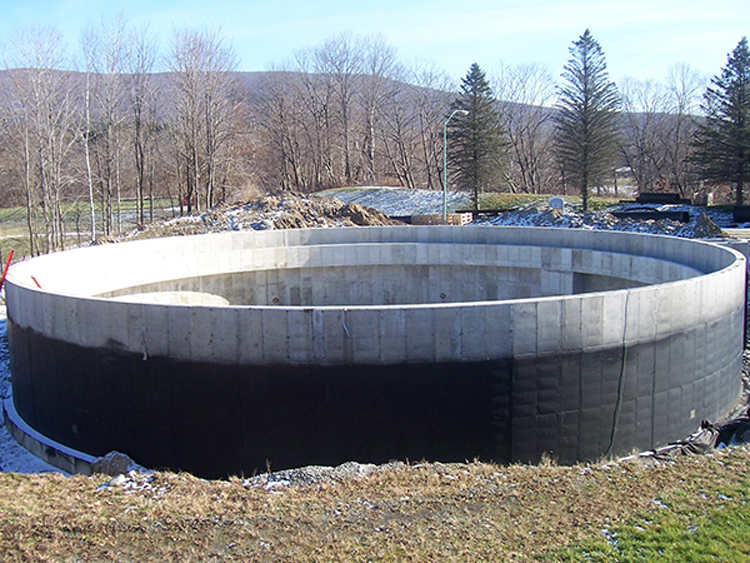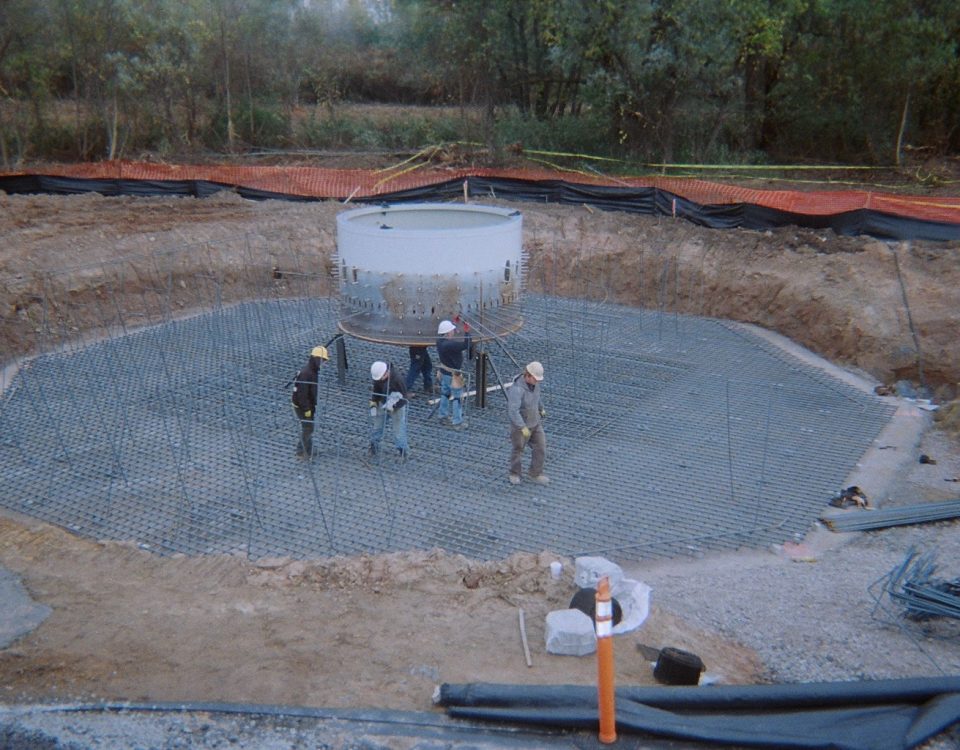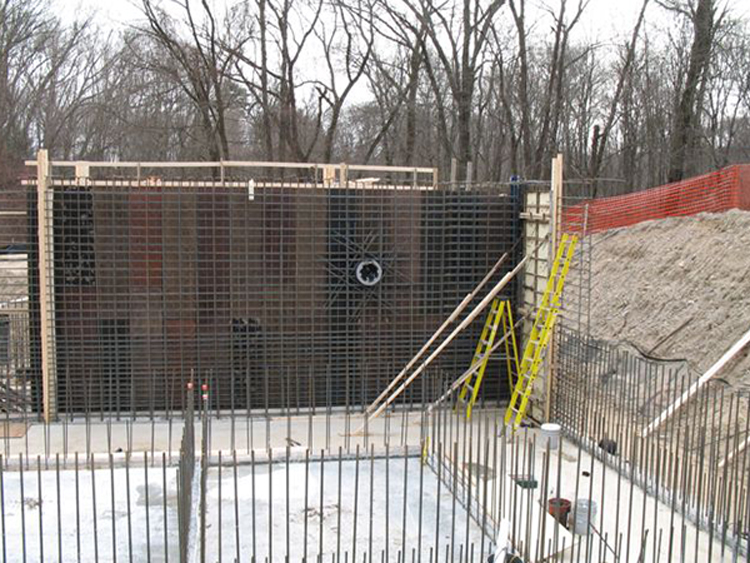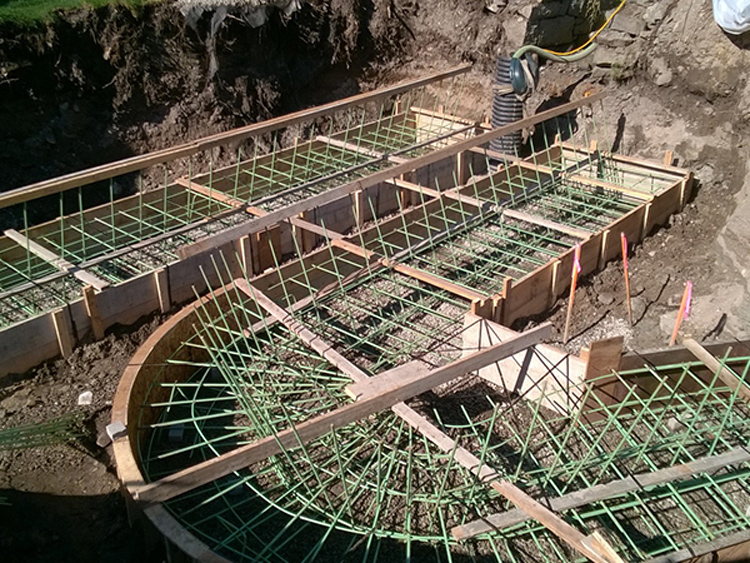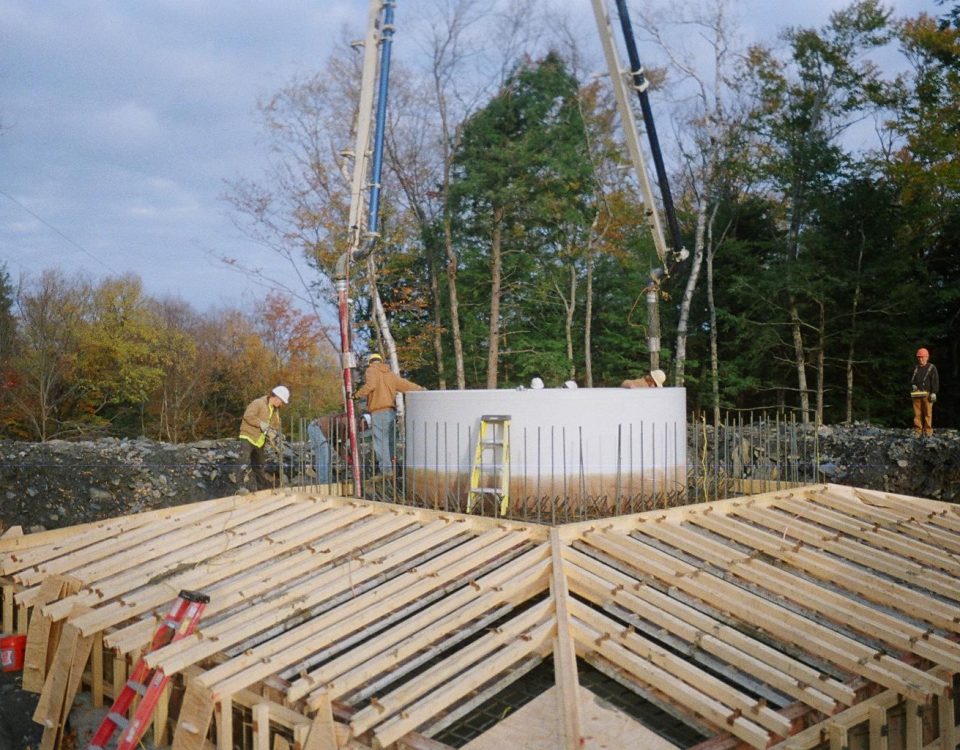Concrete Construction
FORMING FOUNDATIONS THAT LAST
In addition to General Contracting, Martin Brothers provides specialty concrete construction services as a subcontractor. Martin Brothers has experience across a range of market sectors––from manufacturing, industrial and pharmaceutical to academic, retail, and financial.
Our concrete construction division is powered by more than 150 years of combined knowledge of cast-in-place concrete construction. To support even the most complex jobs, Martin Brothers has an extensive inventory of both Symons Steel-ply formwork and formwork accessories for job built applications. To meet the accuracy requirements required of modern building and design Martin Brothers deploys a robotic laser total station on every project.
Martin Brothers in-house CAD professionals can produce shop drawings and form designs with efficiency that translates to effectiveness in the field.
Our cast-in-place concrete construction
- foundations
- blast walls
- containment structures
- retaining wall
- bridge abutments
- pump station foundations
- waste water treatment tanks and foundations
- wind turbine foundations
Cast-In-Place FAQ
Traditional finishes can be applied to interior and exterior faces, so the buildings look similar to frame construction, although the walls are usually thicker.
- strong walls
- safety and disaster resistance
- mold, rot, mildew, and insect resistance
- sound-blocking ability
- energy efficiency and resultant cost savings
Thermal mass acts like a storage battery to hold heat or cold, moderating temperature swings. Cast-in-place walls have 10 to 30 percent better air tightness than comparable framed walls—because the concrete envelope contains few joints.
In addition to saving energy and money associated with heating and cooling, concrete walls also provide more consistent interior temperatures for occupants, increasing their comfort.
Aggregate can be recycled (crushed concrete) to reduce the need for virgin aggregate. Most steel for reinforcement is recycled. Some polystyrene is made with recycled material as well. Some of these techniques contribute toward achieving points in certain green rating systems such as LEED®.
Source: PCA (Portland Cement Association): cement.org
Safety is Job #1
Significant planning, training, and procedures are in place to ensure the safety of your team and ours.
OUR PROJECTS
- Date
- Oct 27, 2023
- Date
- Oct 27, 2023
- Date
- Oct 27, 2023
- Date
- Oct 27, 2023
- Date
- Oct 27, 2023
- Date
- Oct 27, 2023
HAVE A PROJECT? GET IN TOUCH.
Discover how Martin Brothers can help you receive the most for your construction dollars.

